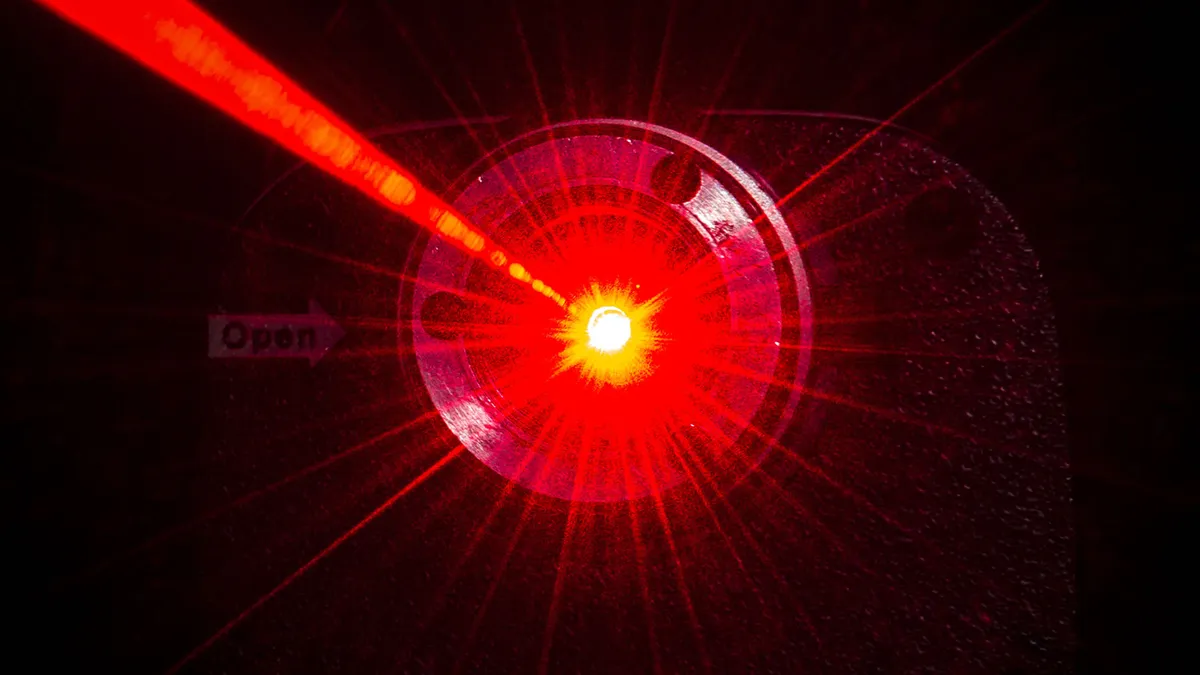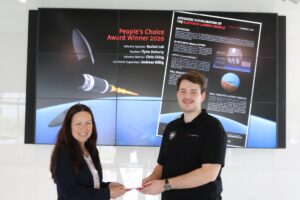UK and South Korean Scientists Discover New Approach to Power Lasers by a Million Times
20th Nov 2023
A team of researchers based in South Korea and the United Kingdom have found a new way to produce laser pulses that are a thousand times more powerful than the current maximum strength. With the help of computerized simulations, these scientists have determined that a novel approach to compressing light can significantly boost its power to a point where it can even pull particles from a vacuum.
Revolutionizing Laser Technology
Scientists from three institutions, the University of Strathclyde, Ulsan National Institute of Science and Technology (UNIST), and Gwangju Institute of Science and Technology (GIST), have developed a new concept to transform future laser technology.
The researchers suggest utilizing the gradient in the density of plasma, i.e., entirely ionized matter, to allow photons to cluster together. This method closely resembles a phenomenon where cars bunch up when coming across a sharp incline. If this method works successfully, it may help amp up the intensity of lasers to levels over a million times greater than current limits.
The world’s most high-energy lasers display full power of close to ten petawatts. It is worth noting that a novel laser with the power of 20 petawatts named the “Vulcan 20-20” machine is also under progress at the Science and Technology Facilities Council (STFC) Rutherford Appleton Laboratory.
The Intensity Frontier: High-Powered Lasers Shed Light on the Nature of Matter
“An important and fundamental question is what happens when light intensities exceed levels that are common on earth. High-power lasers allow scientists to answer basic questions on the nature of matter and the vacuum and explore what is known as the intensity frontier,” stated Professor Dino Jaroszynski from the Department of Physics at the University of Strathclyde.
“Applying terawatt to petawatt lasers to matter has enabled the development of next-generation laser-plasma accelerators, which are thousands of times smaller than conventional accelerators. Providing new tools for scientists is transforming the way science is done. We have set up the Scottish Centre for the Application of Plasma-based Accelerator (SCAPA) at the University of Strathclyde to push applications based on high-power lasers forward,” he also noted.
How can we benefit from the laser pulses?
This novel technique will allow physicists to explore essential areas of focus more deeply, including the “intensity frontier” and the extraction of matter from a vacuum.
The research’s potential uses extend to astrophysics. It could aid in simulating astronomical occurrences and use laser fusion applications to address energy issues. The study could also help expand knowledge about the Schwinger limit, which could have practical and theoretical implications.
“The results of this research are expected to be applicable in various fields, including advanced theoretical physics and astrophysics. It can also be used in laser fusion research to help address humanity’s energy issues. Our combined Korean and UK teams plan to experimentally test the ideas in the lab,” explained UNIST Professor Min Sip Hur.







Thank you for your comment! It will be visible on the site after moderation.